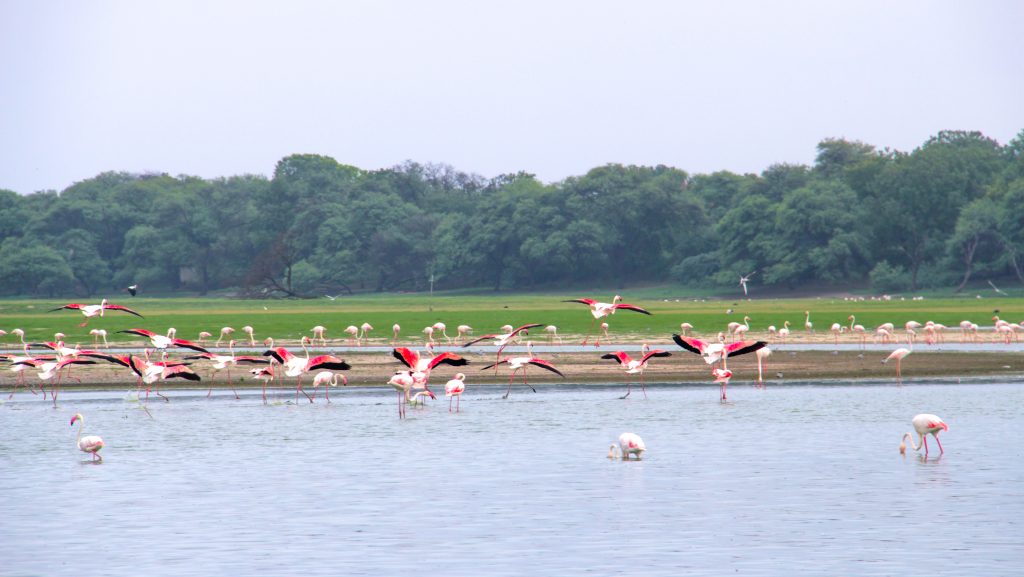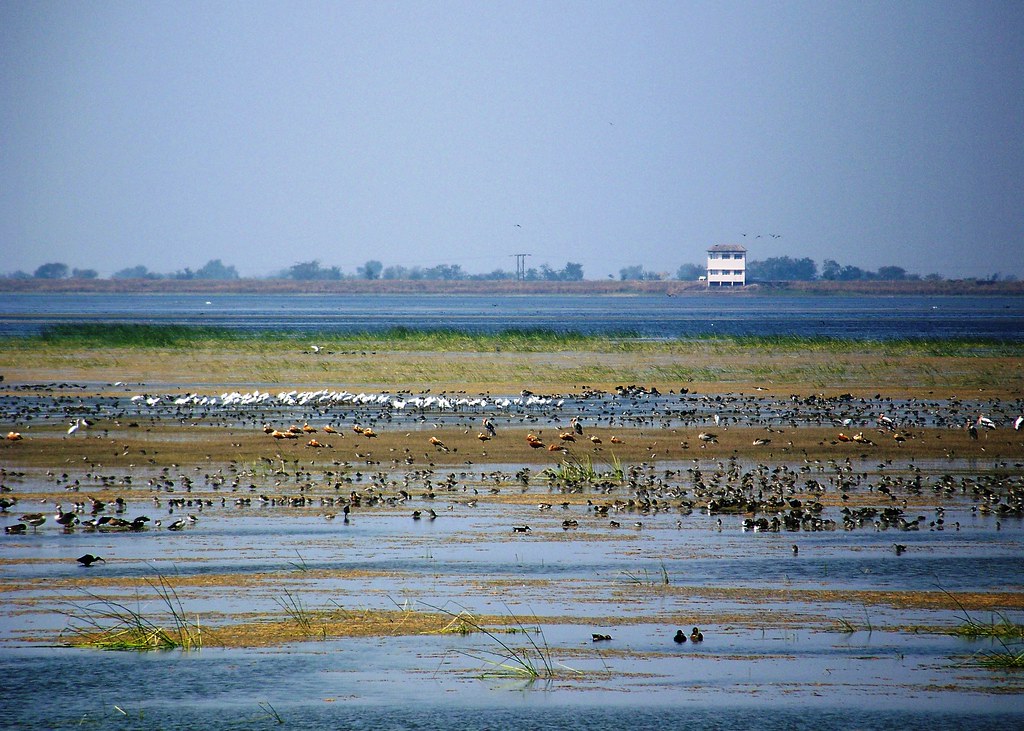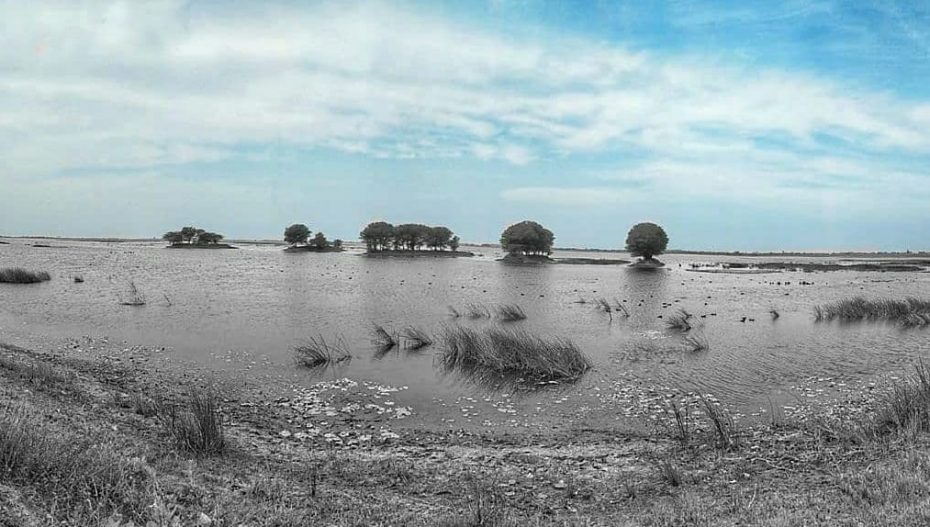Image courtesy: Mihir Dhamecha
Four more Indian sites – two each from Gujarat and Haryana – were added to the Ramsar Convention list on August 14. Thol Lake Wildlife Sanctuary and Wadhwana Wetland from Gujarat and Sultanpur National Park in Gurgaon and Bhindawas Wildlife Sanctuary in Jhajjar are wetlands from Haryana, that were added to the Ramsar list. The number of such sites in the country has now reached 46.
Union Environment Minister Bhupender Yadav tweeted, “PM Shri @narendramodi ji’s concern for the environment has led to overall improvement in how India cares for its wetlands. Happy to inform that four more Indian wetlands have got Ramsar recognition as wetlands of international importance.”
He added, “Thol and Wadhwana from Gujarat and Sultanpur and Bhindawas from Haryana have made the cut for Ramsar recognition. The number of Ramsar sites in India is now 46.”
Thol Lake Wildlife Sanctuary in Gujarat is on the Central Asian Flyway and over 320 bird species can be found there. The wetland supports over 30 threatened waterbird species, namely the critically endangered White-rumped Vulture and Sociable Lapwing, and the vulnerable Sarus Crane, Common Pochard and Lesser White-fronted Goose.

The Wadhwana Lake Bird Sanctuary is an important wetland for its birdlife as it provides wintering ground to migratory waterbirds, including more than 80 species that migrate on the Central Asian Flyway.
Some threatened and/or near-threatened species such as the endangered Pallas’s fish-Eagle, the vulnerable Common Pochard, and the near-threatened Dalmatian Pelican, Grey-headed Fish-eagle and Ferruginous Duck can be seen here.

A human-made freshwater wetland Haryana’s Bhindawas Wildlife Sanctuary is the largest in Haryana. Over 250 bird species use the sanctuary throughout the year as a resting and roosting site.
The wetland also supports over 10 globally threatened species, a few of which include the endangered Egyptian Vulture, Steppe Eagle, Pallas’s Fish Eagle, and Black-bellied Tern.
On the other hand, the Sultanpur National Park in Haryana supports over 220 species of resident, migratory winter and local water birds at vital stages of their life cycles.
More than 10 of these are globally threatened, including the extremely endangered sociable lapwing, and the endangered Egyptian Vulture, Saker Falcon, Pallas’s Fish Eagle and Black-bellied Tern.
About the Ramsar Convention
The Ramsar Convention is an international treaty for conservation and suitable use of wetlands. Named after the Iranian city of Ramsar, on the Caspian Sea, where the treaty was signed on February 2, 1971, the 46 Ramsar sites in India include Chilika Lake in Odisha, Keoladeo National Park in Rajasthan, Harike Lake in Punjab, Loktak Lake in Manipur and Wular Lake in Jammu and Kashmir. Wetlands under the Ramsar Criteria are selected on account of their international significance in terms of biodiversity and uniqueness of their ecology, botany, zoology, limnology or hydrology. In addition, the Criteria indicates that in the first instance, wetlands of international importance to waterbirds at any season should be included on the Ramsar List.













